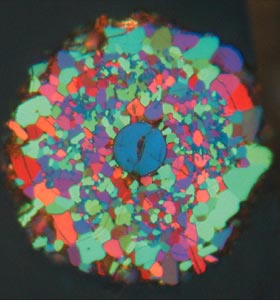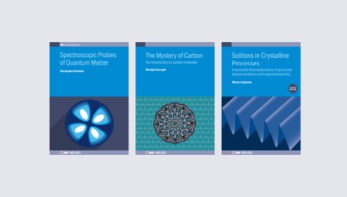Research into high-temperature superconductors should focus on experiment, not theory

While the world looked on in horror at the events unfolding at the Chernobyl nuclear-power plant in the Soviet Union 20 years ago this month (see “A future for nuclear power” Physics World April 2006 p16), another significant – but far less reported – development in the world of physics had just taken place. On 17 April 1986 a short paper by Georg Bednorz and Alexander Müller arrived at the offices of Zeitschrift für Physik in Heidelberg, Germany. The two physicists, based at IBM’s Zurich Research Laboratory in Switzerland, announced they had made a material from barium, lanthanum, copper and oxygen that could conduct electricity without resistance when cooled below a transition temperature, Tc, of about 30 K. It was the world’s first “high-temperature” superconductor. Driven by the dream of materials that can superconduct at room temperature, experimentalists scurried back to their labs. Within a year, a Tc of 90 K in another material had been reported and by October 1987 Bednorz and Müller had been crowned with a Nobel prize.
While papers on high-temperature superconductivity have continued to stream out since those heady days, progress has been slower than expected. Applications like levitating trains and resistance-free power cables are only now starting to come to market. Scientists have been unable to make superconducting wires that work much above 130 K, while a reliable theory of high-temperature superconductivity remains elusive.
Even if we had such a theory, it is not clear that it would predict which materials might superconduct at room temperature. After all, the Bardeen-Cooper-Schrieffer theory, which explains the behaviour of low-temperature superconductors with admirable success, said nothing about the superconducting properties of Bednorz and Müller’s copper-oxide ceramics. What successes there have been over the last 20 years – such as the recent discoveries that iron, single crystals of carbon-60, magnesium diboride (see image) and even DNA can superconduct – have largely been experimental. For future triumphs, we must once again look to the laboratory.



